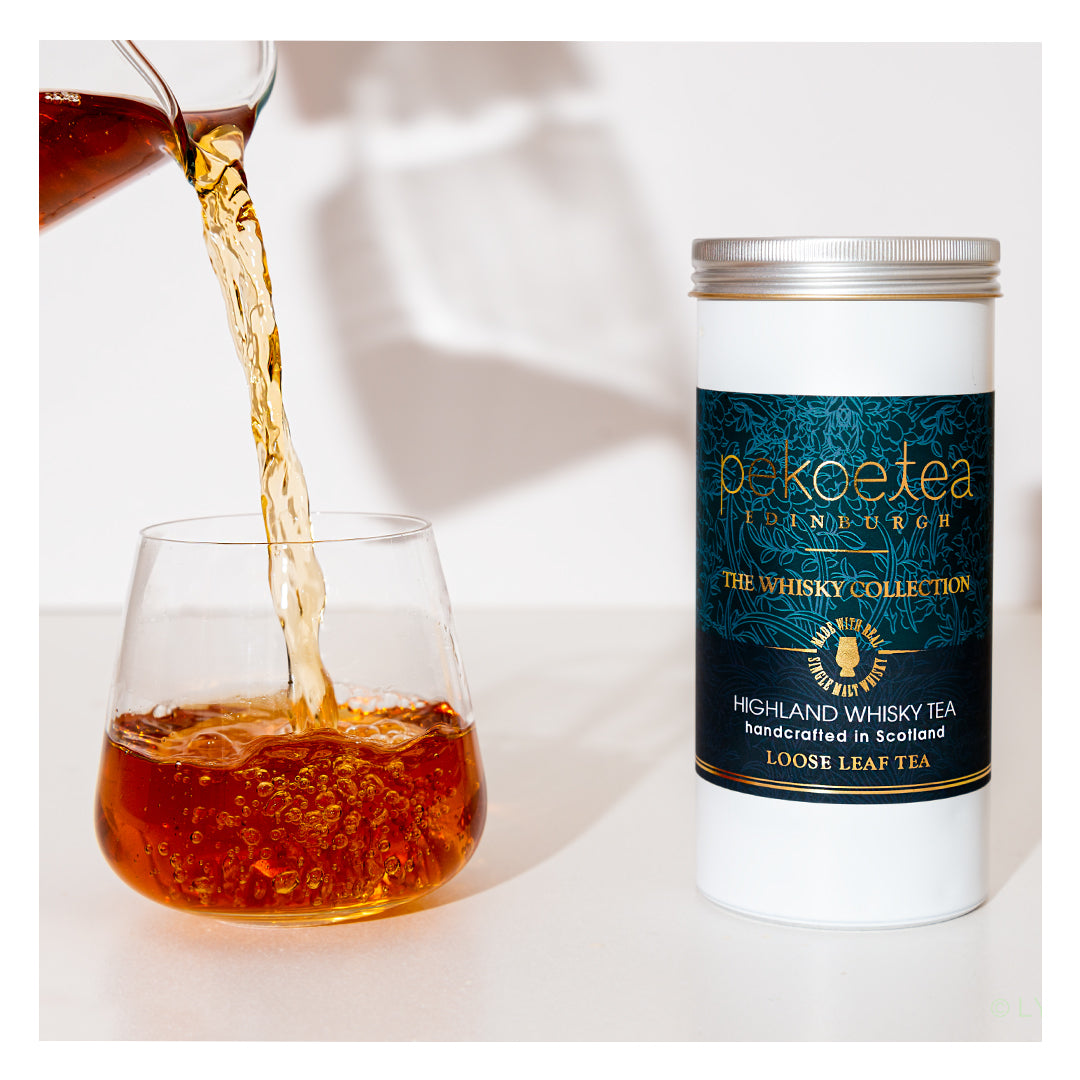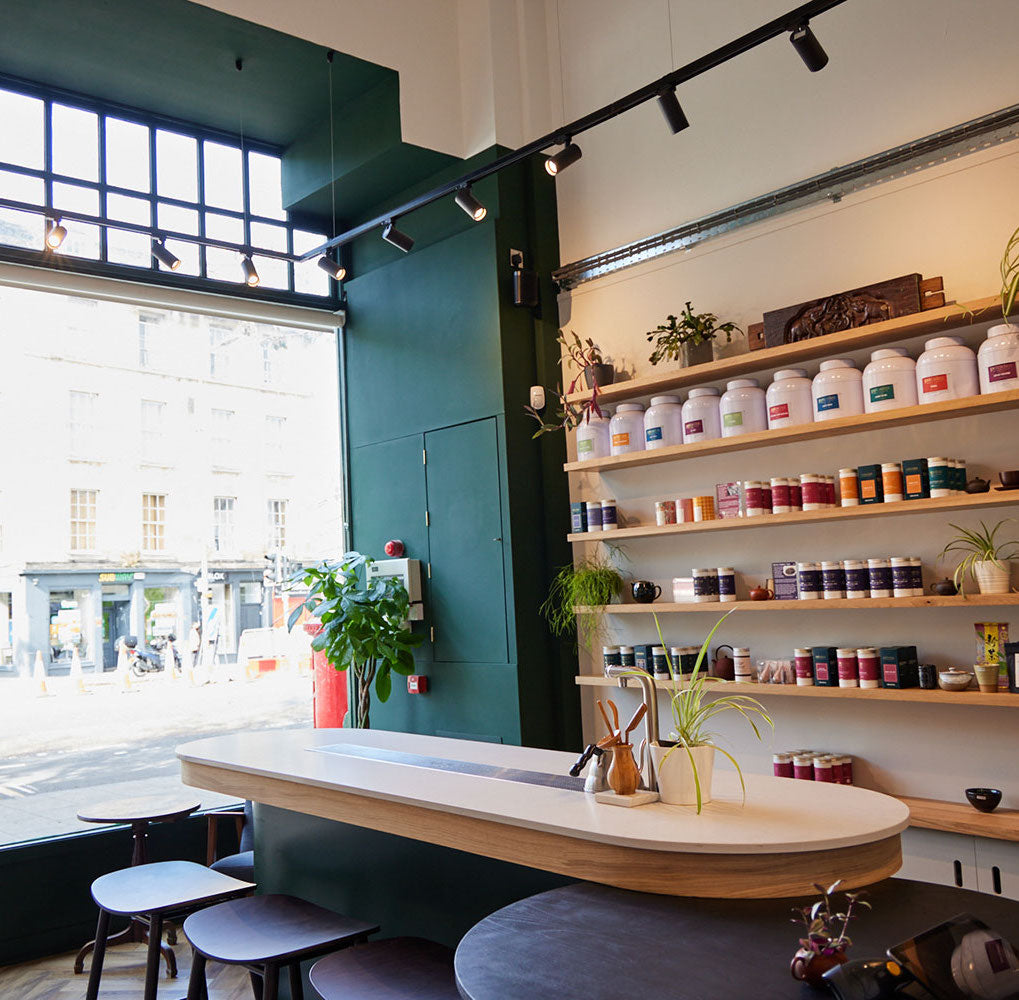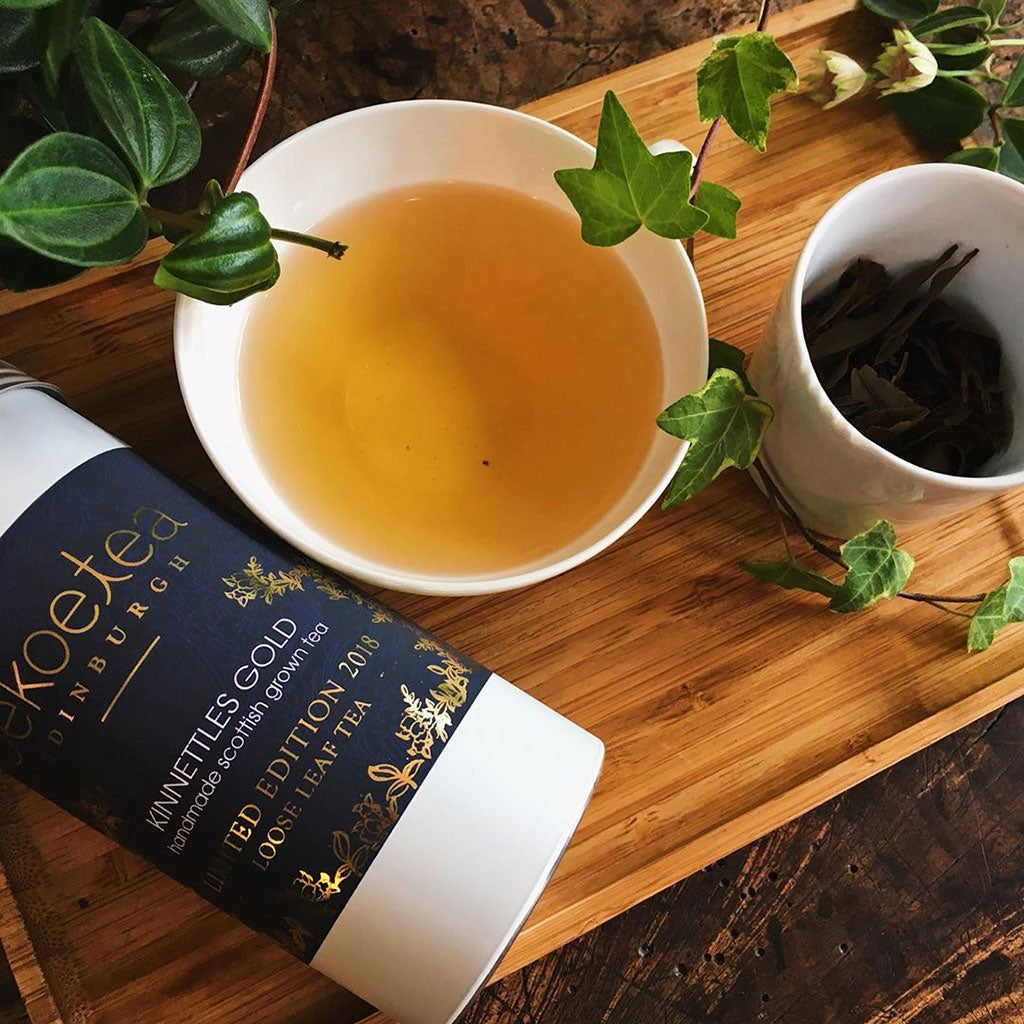Although there is much debate about what the best practices are when it comes to preparing tea, a major component of preparing the perfect cup of tea is water temperature. Ultimately, the correct water temperature will be a subjective thing as it will usually have a direct effect on the flavour of the tea, however we believe their are some general rules which you will find useful especially if you're exploring tea for the first time.
Water Temperature
When you're choosing what temperature of water to brew your tea, you're deciding on what will bring out the best qualities of the tea and how to extract the flavours that you like. If the water temperature is too cool you may not extract enough flavour from the tea or if the water is too hot you may extract too much, which results in bitterness. In China, traditionally the water temperature is determined by paying close attention to the appearance of the water, Cai Xiang wrote in his book Record of Tea about the different stages of boiling water. These different stages are described as shrimp eyes, crab eyes, fish eyes, string of pearls and raging torrent. By paying close attention to the appearance of the water and with some practice you can make a fairly accurate guess on what the temperature will be.
Shrimp Eyes (70°C)
Shrimp eyes is described as the very first small bubbles that you see at the bottom of your kettle. This is when the water has reached about 70°C. This is a good temperature to use when preparing white or delicate green teas which are susceptible to turning bitter. Use this when preparing teas such as Silver Needle, Pre Rain Lung Ching or Japanese Sencha.
Crab Eyes (80°C)
When the bubbles start to get slightly larger and the first visible wisps of steam start to appear, the water has reached about 80°C. This is a good temperature to prepare some bolder green teas such as Pinhead Gunpowder or some green oolongs such as Dong Ding or Huang Jin Gui.
Fish Eyes (85°C)
Larger bubbles start to rise to the top of the water and you will most likely start to hear a change in pitch from your kettle. This is when the water has reached around 85°C. This is suitable for most toasted or more heavily oxidized oolongs. Teas such as Da Hong Pao, Shui Xian or Darjeelings are suited to this temperature.
String of Pearls (95°C)
This is when you will start to see a constant stream of bubbles and the water is just off the boil, typically 90-95°C. This is the best temperature for most black teas such as Yunnan Golden Tips, Lapsang Souchong or Pu Erhs such as Jing Mai Ancient Trees.
Raging Torrent (100°C)
When the water is boiling it has reached 100°C. This is the optimal temperature for broken leaf black teas such as English Breakfast or Earl Grey and is also for both herbal and fruit infusions.
Like most things related to tea, it will come down to personal preference and as you explore different teas and experiment with water temperature you will find what works best for you.
- Jamie Doris June 2014









